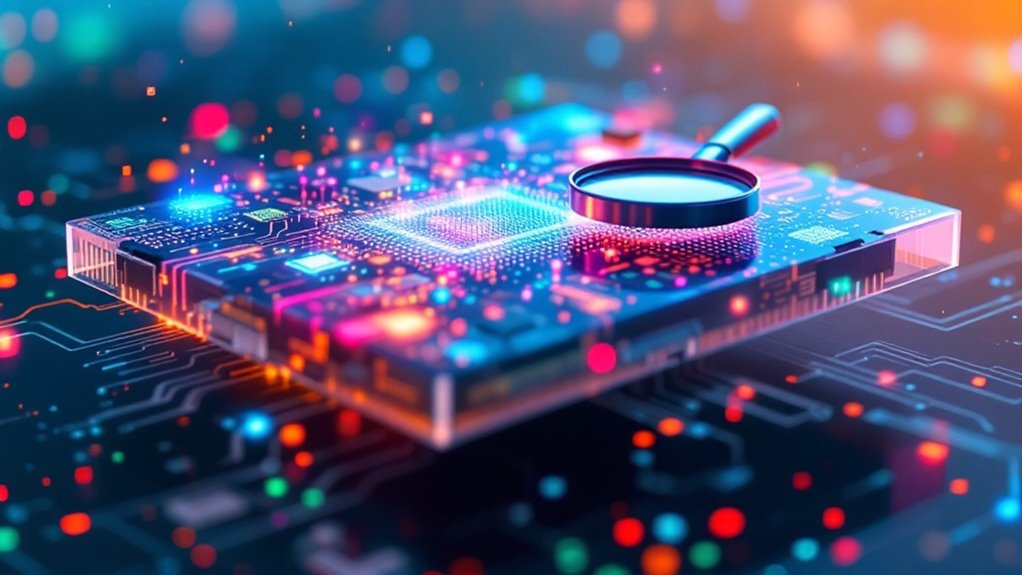AI is the flashy umbrella term—think blockbuster sci-fi bots or chatty Siri—that covers everything from spam filters to robot surgeons. Machine learning sits underneath, crunching data like a caffeinated accountant, learning patterns (is that email junk or grandma?). Deep learning is the drama queen: it builds brain-like networks, tackles wild stuff like face recognition, and absolutely guzzles data for breakfast. If you’re wondering how Netflix knows you love true crime, it’s these tech cousins at work. Stick around for the real plot twist.
Robots, chess champions, and talking assistants—welcome to the digital wild west of Artificial Intelligence. Picture a world where computers play chess better than your most competitive uncle or predict complex RNA structures that leave biologists speechless. That’s AI: a catch-all term for machines flexing brains, not just brawn, with the help of computer science and mountains of data.
From chessboard prodigies to chatty robots, AI is where machines flex their digital muscles and outsmart even the fiercest human competitors.
But AI isn’t a monolith. Inside this high-tech Russian nesting doll, there’s Machine Learning (ML). ML lets machines adapt and learn from new information, kind of like a toddler who figures out which cookie jar is easiest to raid—except with less mess and more math. In fact, ML algorithms require large amounts of data for effective training, which is why data is often called the new oil in the tech world.
Then, for those who like things extra spicy, there’s Deep Learning (DL): the overachiever of the group, using neural networks inspired by your brain (minus the existential dread), to tackle problems so complex even seasoned programmers pause to sip their coffee anxiously. The relationship can be visualized as concentric circles: AI > Machine Learning > Deep Learning.
Here’s the breakdown, in plain English:
- AI: The umbrella. If a machine solves problems or makes decisions, it’s AI.
- ML: The subset. Machines learn from data, improve over time, but often need humans to show them what matters.
- DL: The smaller, flashier subset. Uses deep neural networks, automates feature extraction, and thrives on massive data like a digital Pac-Man.
Training these digital whiz kids isn’t equal. ML can settle for smaller datasets and still make decent predictions. DL, on the other hand, is a data glutton—give it less, and it sulks. DL usually needs specialized GPUs, and enough electricity to make your utility bill wince.
When it comes to applications, ML powers decision trees and spam filters, while DL handles image recognition and voice assistants—think Siri, but with fewer jokes. AI, the big boss, orchestrates everything from self-driving cars to robot surgeons. These technologies are transforming industries through pattern recognition in diverse applications ranging from fraud detection to personalized recommendation systems.
Still, let’s not pretend this is all sunshine and rainbows. About 70% of customers can spot the difference between companies that “get” AI and those stuck in the digital Stone Age.









